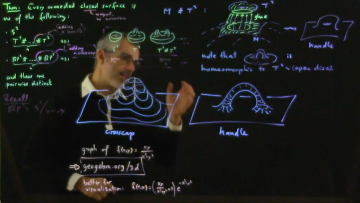The Modular Representation Theory of the Temperley-Lieb Algebras
Abstract
The Temperley-Lieb algebra is a diagrammatic algebra - defined on a basis of "string diagrams" with multiplication given by "joining the diagrams together". It first arose as an algebra of operators in statistical mechanics but quickly found application in knot theory (where Jones used it to define his famed polynomial) and the representation theory of $sl_2$. From the outset, the representation theory of the Temperley-Lieb algebra itself has been of interest from a physics viewpoint and in characteristic zero it is well understood. In this talk we will explore the representation theory over mixed characteristic (i.e. over positive characteristic fields and specialised at a root of unity). This gentle introduction will take the listener through the beautifully fractal-like structure of the algebras and their cell modules with plenty of examples.


